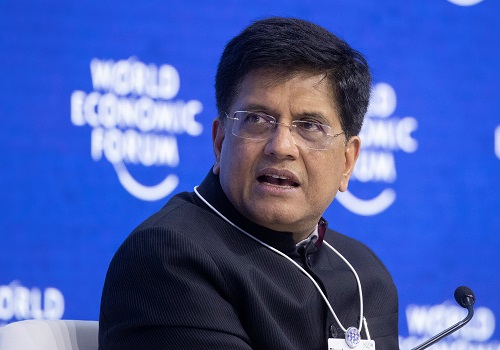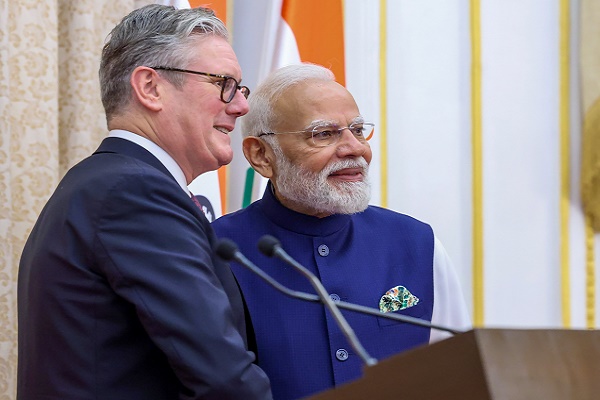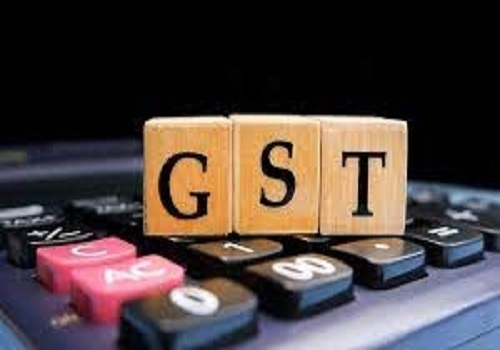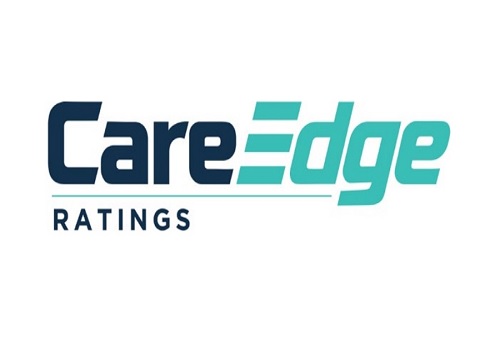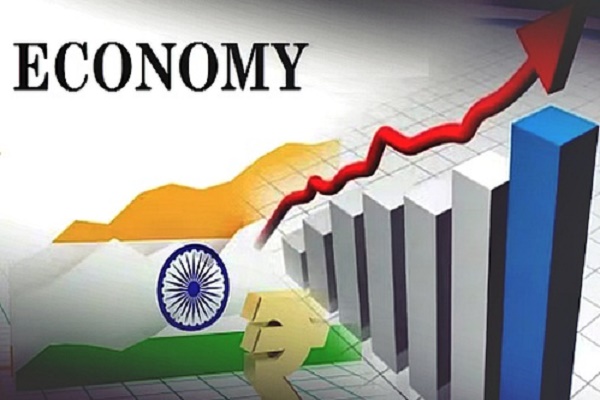Economics : Reciprocal tariffs: A game of trade-offs
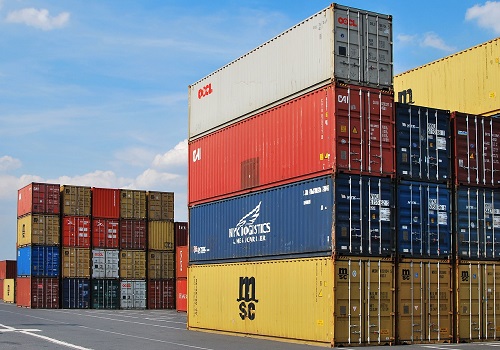
Key takeaways:
The President of The United States (POTUS) has announced the US is likely to impose reciprocal tariffs on partner countries starting from April 2025. If the reciprocal tariffs on India were to materialize, growth risks to India in FY26 would amplify as uncertainty to India’s exports to the US (17.7% of overall exports in FY24) will rise. We estimate the impact at 40-70 bps to India’s growth if POTUS goes ahead with across-the-board reciprocal tariffs on India’s exports. As a response, we expect India to accommodate some of the grievances of POTUS while trying to work towards a trade deal, carrying ahead the outcome of the recent meeting between Prime Minister Narendra Modi and President Trump. Per our analysis, increased India-US trade cooperation in the backdrop of US’s anti-China stance is likely to benefit India’s exports of electronics, pharmaceutical, home textile, refining and marine products. While the INR at 86.77 currently is closer to its fair value, we do not rule out a move toward 88.0 gradually by March 2025. On the fiscal side, if India must lower tariffs incrementally in response to US tariffs, we expect 7-10bp impact on the fiscal deficit as a percentage of GDP. Reciprocal tariffs instead of flat tariffs raise upside risk to US domestic inflation, owing to its uniform application. Hence, the durability and the scope of reciprocal tariffs raise doubts.
Tariff disbalance is a key risk for India

Source: CEIC, Elara Securities Research
India’s electronics, pharmaceuticals, home textiles, refining & marine exports to gain: We analyze sector-wise exports from India and China into the US to evaluate potential beneficiaries of the India-US increased trade co-operation amid intensifying China-US trade war. On a preliminary basis, we see gains for sectors that have a rising presence of US companies in India (electronics, computer hardware), sectors that are strategically critical under India-US partnership (tech, energy, space) as well as sectors where India’s competitiveness vs China is either superior (pharmaceuticals and marine products) and sectors where China’s relative comparative advantage is falling due to rising wages (textile made ups and home textiles). We also see benefits for India’s marine and seafood, jewelry and refining exports. Rising crude oil & gas imports from USA are also likely to benefit India’s gas transmission and distribution sector (through more long-term contracts of LNG imports) along with crude oil refining products where India’s exports to the US have been steadily increasing.
India’s exports to the US rise multifold post-COVID

Source: CMIE, Elara Securities Research
Reciprocal tariffs likely to dent India growth: If the reciprocal tariff materializes, India’s exports to the US are likely to come under pressure. Our calculations using CY23 UN & ITC trade data reveals India faces a 2.4% tariff (export weighted) on exports to the US while applies an 18% tariff (import weighted) on imports from the US - an imbalance of ~16pps (tariff applied minus faced). Further, our analysis reveals ~94% of India’s exports have tariff disbalance as on CY23, of which ~USD 33bn of export items have a tariff disbalance of >10pps (43.3% of overall exports to the US). We expect ~40-70bp downside to India’s GDP growth in event of across-the-board reciprocal tariffs, thereby offsetting the likely benefits of personal tax rebate estimated at 43bp (Elara Estimates) The impact is likely to play out for the next 12-18 months as global manufacturing supply chains adjust to trade barriers.
USDINR weakened for a major part of CYTD even as the USD moderated

Note: data until 13 February; Source: CEIC, Elara Securities Research
See further Rupee weakness: After the latest Monetary Policy Committee (MPC) meet, we see the RBI leaning further toward addressing growth risks and undertaking further rate cuts. We expect a 50bp cut in FY26E in our base case expectation. A further 25bp impact cannot be ruled out, if risks to growth amplify. Further, policy rate cuts carry opportunity for USDBRL/LATAM EMFX, and a hawkish BoJ is likely to keep the USDINR under depreciation pressure. While the INR at 86.77 currently is closer to its fair value, we do not rule out a move toward 88.0 gradually by March 2025.A weaker USDINR is likely to bode well in the current global macroeconomic backdrop as it will limit US grievances regarding India’s currency manipulation apart from making India’s exports, especially on the services side, competitive.
Please refer disclaimer at Report
SEBI Registration number is INH000000933






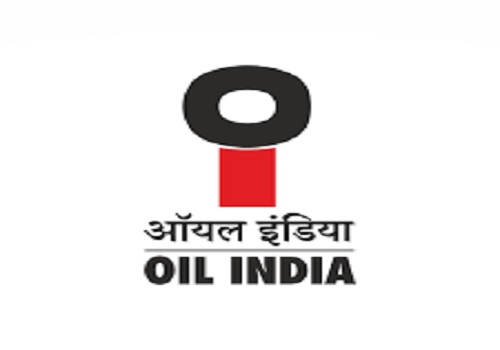
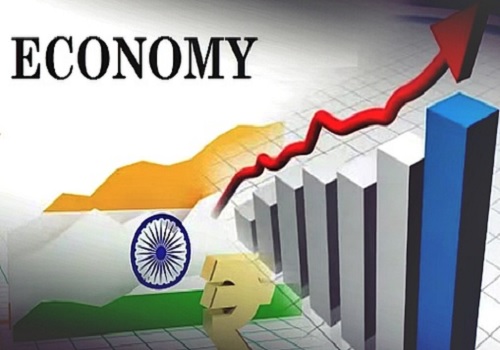
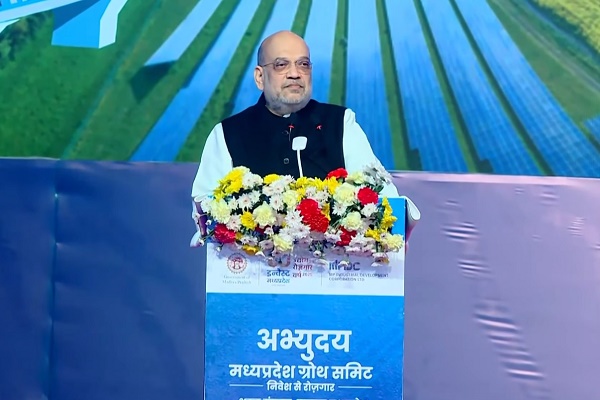





-96767.jpg)




